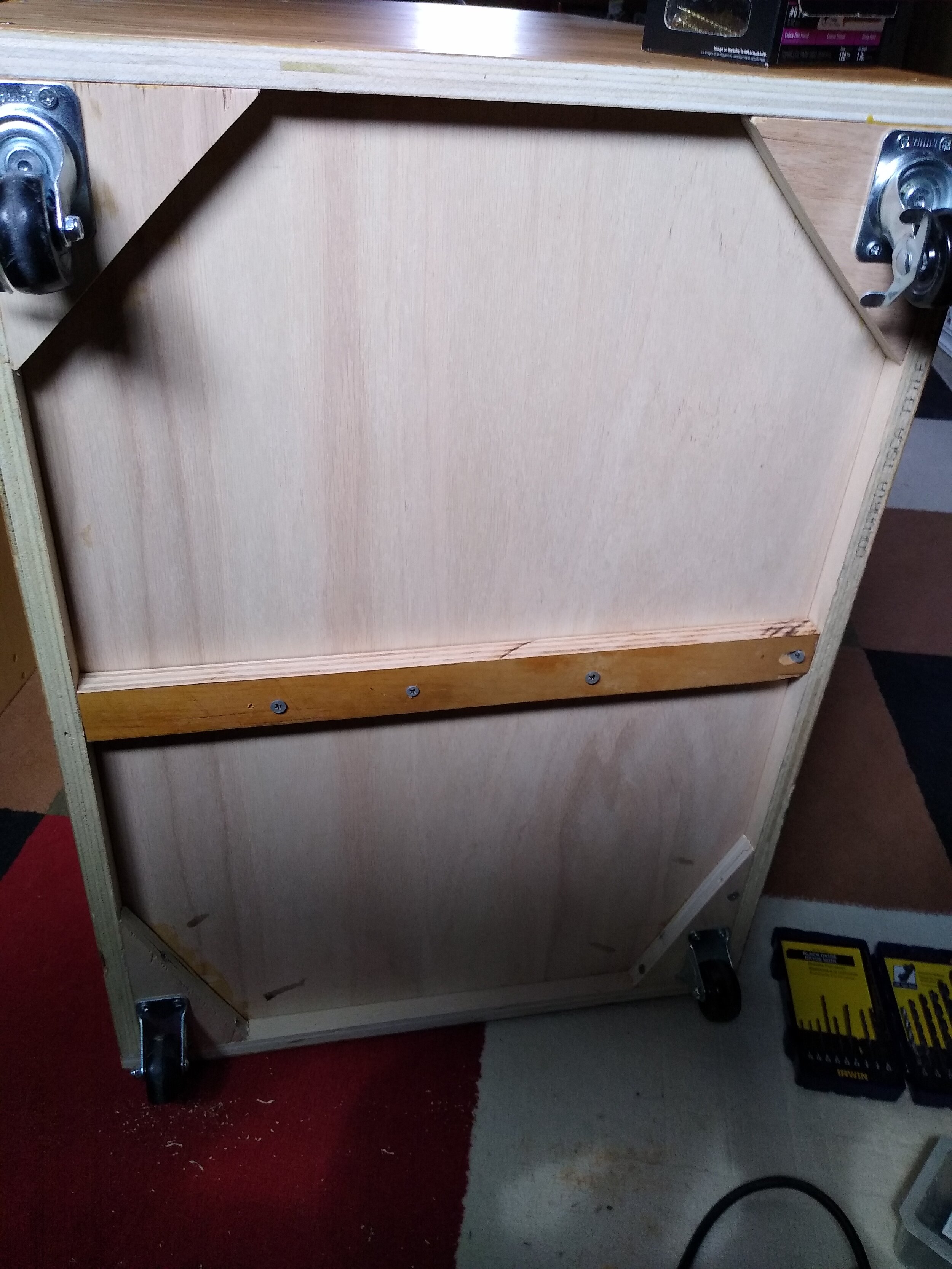The Way We Communicated (or don't)
If you were to look back on my journal entries from, say, 1996, when I was living out east and newly married, you would see countless entries devoted to phone calls. Nearly every evening has an entry or several entries about the people I spoke with that day: siblings, parents, friends from college and high school…it seems that there was no shortage of people to talk to and things to talk about.
Flash forward nearly three decades, and phone calls are mostly a thing of the past. Even when they do occur they’re likely to be prefaced with a text. Calls can almost feel invasive or pushy now, though I still have a handful of friends who’ll call me occasionally out of the blue, and I cherish them (both the friends and the phone calls).
But as people have pointed out over the years, emails and texts don’t ring, or at least they don’t require that you pick up a receiver and converse right now. Back in the internet’s infancy, I recall responding to emails immediately. Today, people might be bombarded with a hundred emails or more a day, and responding to everything has simply become impossible. Some people (my wife, for example) struggle mightily with the prioritization and organization required to manage the unfortunate reality that there is always more to tackle, even when the work day is over.
When text messaging emerged, it was generally understood that they were more urgent then emails and required a fairly quick response, but after several years of this medium, I find that they too have been relegated to the same level of importance as emails: get to them at some point or maybe not at all.
A month ago or so I tried to get a group of guys together via text message and got only one response. After a little prodding I got two more, but several recipients simply didn’t respond at all, even after a week had past. Now, I don’t think anyone was maliciously ghosting me, but I do find the habit of not responding to invites – whether by mail, call, email or text – to be frustrating. It’s a foreign concept to me, but the reality is that people have changed their habits around previously established principles like, “when you receive a gift, you say thank you” or “when you receive an invitation, you respond.” That’s no longer the case, and for those of us expecting old decorum under the new social order, it can be a rough ride.
(And please note, this has nothing to do with being old and scolding young people: I’m explaining habits of my own generation.)
So what to do with this trend? For my invitation to my friends, I pulled out and cancelled the event; I really had no choice. So what about the next event? Do I continue to send invitations to people who don’t respond? If they text me for something in the future, do I respond? I think yes, because it’s the right thing to do, but I also recognize that at some point I’m being a bit of a sucker – I’m practicing behavior that benefits others while not insisting that they behave similarly toward me. Alternatively, I could be very direct and say, “if you no longer respond to text invitations, I’m taking you off the invite list,” but this seems rather snarky and unlikely to encourage better behavior.
So, the end result is likely to be a) learn to live with it and be happy when your friends’ behaviors surprise you; or b) direct your energy elsewhere and hope for better results.
It’s a lousy choice to have to make.




